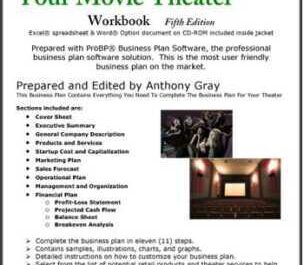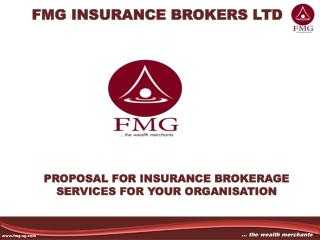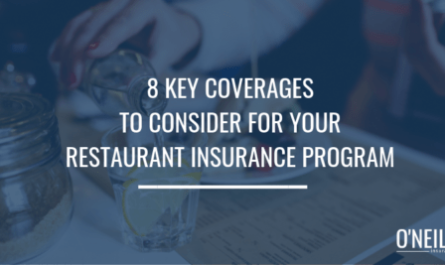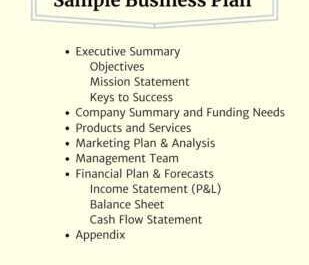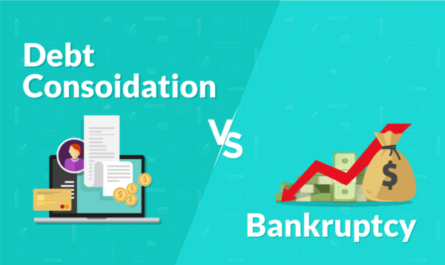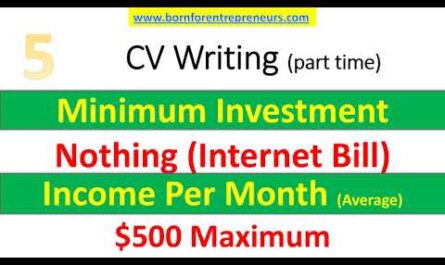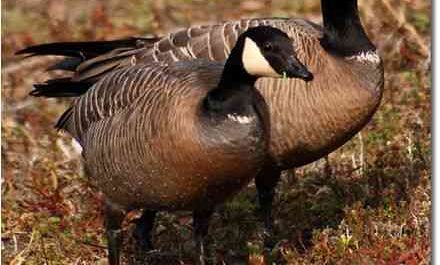Do you want to emigrate to Canada as a self-employed person for PR? here is a detailed guide on how to migrate to Canada as a self-employed person and obtain citizenship.
The Self-Employed Program is a program created by the Government of Canada to allow self-employed workers to immigrate to Canada. The goal of any Canadian immigration program is to allow people who will develop the economy to come and settle there.
Canada’s Self-Employed Worker Program primarily accepts people because they will create their own jobs and livelihoods and are not dependent on the government or the country to look after them. The possibility of hiring one or two people in a small business is an added advantage for the country.
According to the criteria of Citizenship and Immigration Canada (CIC), to be eligible for the Self-Employed and Migration Canada program, an applicant must have:
- At least two years of experience in participation or self-employment in cultural or sporting activities.
- Or he or she must be able to make a significant contribution to the cultural or sporting life of Canada.
- Or he or she must have at least two years of farm management experience.
- Or the intention and the ability to be able to buy and operate a farm in a country.
How to find out the connection between your experience and the Self-Employed Program
If you meet any of these conditions, you have a good chance of success. Therefore, your experience is relevant to the program if you have participated in
- in cultural or sporting events at world level or
- independent within the framework of cultural or athletic events
- You must have at least two years of work experience
- The experience must last 5 years before the day of the request and ending on the day of the request. decision on your request.
Please note that you can get more points if you have 3, 4 or 5 years of experience. If you are seeking immigrant status based on your cultural activities, you must have 2 one-year periods of self-employment in cultural activities, or 2 one-year periods of world-class cultural participation, or a combination of of them.
How to become eligible to enter Canada as a self-employed worker
Before you can enter Canada as a self-employed worker, you must follow certain steps, as well as certain criteria that you must meet, including:
- You must take and pass medical examinations
- You must complete and submit security risk assessments
- You must prove that you have sufficient funds to support yourself and your family or dependents when you arrive in Canada. Failure to comply with this instruction will result in the refusal to issue a visa.
How Citizenship and Immigration Canada assesses applicants for self-employment programs
some of the items that will give you access to Citizenship and Immigration Canada to ensure you are fully eligible for the program. Points are awarded for each area in which you have been assessed and you must ensure that you obtain at least 35 points, otherwise your application will not be considered. Areas include:
- Experience in the chosen field (maximum 35 points)
- Education (maximum 25 points)
- Age (maximum 10 points)
- Adaptation potential (maximum 06 points)
- Knowledge of languages in English and / or French (maximum 24 points)
As proof of your linguistic performance, the jury expects you to pass several exams. They don’t just take your word for it, so to continue you must submit test results from one of these three language performance organizations;
- Canadian English Language Proficiency Program (CELPIP)
- International English Test System (IELTS)
- Test Devaluation test in French (TEF)
Applicants should strive to achieve a minimum of 35 out of 100 points on the points test if they wish to immigrate to Canada under the Self-Employed Program.
How to Apply for the Canadian Self-Employed Immigration Program
Confirming Your Qualifications To apply for the Canada Self-Employment Program, you must now apply. Below are instructions on how to apply for a self-employment program in Canada.
- Get the app package
Government The authority responsible for the program has a pre-written set of documents containing guidelines and documents to be completed. The guides included with this document allow you to complete them correctly.
It is recommended that you fill out the forms online as you have to go through these processes. When you have finished filling out the forms, you should click on the “Submit” button on the form. If there are any fields you still need to complete, they will be highlighted in red. When you are finished, you can print the approved form. Make sure your printable contains barcode pages, if not, it is blank.
Then you must sign the form and indicate the date you were asked to do so. You should also diligently attach all supporting information on the document checklist to make sure you don’t miss anything. Include all forms, information, documents, signatures, language test results and fees requested. If any information is missing, your application will be incomplete and will be returned to you without processing.
There is a disclaimer here that you must ensure that all of the information you provide on your application is correct. If it turns out that you lied about an issue, your application may be rejected, you could be declared inadmissible, and even worse, you could be barred from applying to enter Canada for five years for any reason. whether it be.
- Sort the administrative fees
When you have processed your documents; that is, when you have filled them out and submitted correctly, the next step to consider is your registration fee. Some of the fees you will need to pay include: Permanent Residence Fee (RPRF), Biometric Fee, and Third Party Fee. Please note that these fees are usually paid online.
- Fee Biometrics: The costs biometrics are generally payable upon submission of your documents and these costs will enable those who treat your document. to facilitate this, as the fee covers the cost of collecting fingerprints and digital photography.
When you pay for biometric data collection with the completed application, you will receive a letter confirming that you need to give your biometrics and where you can go. You must show this letter when providing your biometric data. Please note that you must provide your biometric data yourself. No one can do this for you. You may need to make an appointment to obtain service.
- Third Party Fees: Depending on your situation, you may need to pay third party fees that cover things like; medical examinations, police certificates, language tests. Please note that not all charges apply to you and the advice you have given previously will let you know which charges to pay and which ones you don’t mind.
- Apply now
Once you’ve completed your paperwork, paid the fees, and even filled out your biometrics, it’s time to submit your application. But before you apply, you should make sure you answer all questions, sign the application and all other forms, attach copies of the fees paid, and include all supporting documents.
When this is done, you must now send a complete request to the address given in the instruction manual.
How your application is assessed by the board of directors
Once you have submitted your application, it will be submitted to the Board for review and will verify that the information provided therein is correct. They will first check whether your forms are completed and signed correctly; they will then look for receipts for the various fees charged, including processing fees and biometrics fees.
Again, if you are between 14 and 79 years old, you must provide your fingerprints and photographs (biometric data) for each permanent residence application you apply for. This is independent of the fact that you provided this information earlier.
The Council will send you a letter to take your biometric measurements. It is recommended to do this within 30 days of the date of receipt of the letter.
The processing time for your request is usually 23 months, although this could be more or less depending on local issues. After this period, it is your responsibility to inform the Board of any changes to your information. You must use a web form to submit this information.
Here are some of the changes you should let the board know about:
- changes of address, phone number, email, or other contact information
- birth or death in your family
- marriage or divorce
- adoptions
- changes in your job or job posting
- new diplomas
- updated language test results
Typically, when the board receives your application, you will be notified.
Reasons for delays in your request
It can usually take about a year to process your request, but there are factors that may further delay your request. Security or criminality concerns are one of the reasons why your application may be delayed. It will take longer for the board to review these matters to make sure you are innocent.
Another thing that can delay your application for self-employment in Canada is that your marital status is unclear. This could be due to a divorce or adoption that has not yet been finalized, or child custody issues that have not been resolved. The delay is because the Visa Section must contact other visa offices in Canada or abroad to verify the information you have provided.
Another obvious reason why your request may be delayed is the status of your medical report. Please note that you will need to have a medical report as part of the forms you submit. Please note that the Board will not approve your request if your health is a threat to the public health or security of Canada, or if your condition results in too much demand for medical care. or social services in Canada.
Another reason you can do this will be refused or detained if you have a criminal record. People who pose a threat to the security of Canada cannot come to Canada. To immigrate to Canada, you and all members of your family aged 18 and over must provide police certificates to the visa office if requested.
How is your Canadian permanent resident status validated?
Once the board confirms that you can support yourself and your family in Canada, meet the eligibility criteria, and your medical and police documents are free, they can send you for an interview. they deem it necessary or they may ask you to send more documents.
If everything is in order, your application will be approved. Once your application is approved, you will be asked to send your passport to the visa office so that they can issue you a permanent residence visa. This visa includes your proof of permanent residence (COPR) and your entry visa.
Your COPR will contain information about who you are as well as your photo. You must make sure that the information on your COPR matches the information on your passport. If there is an error in your COPR, please contact your visa office. When you arrive in Canada, you must bring the COPR and visa with you.
- Prepare for arrival
As you prepare to finally immigrate to Canada by obtaining a Self-Employed Resident Visa, be aware that there are things you are not allowed to come to, when these are documents you must have with you.
Upon arrival in Canada, you will be greeted by an officer from the Canada Border Services Agency (CBSA). They are responsible for ensuring that you do not do the wrong things that could endanger the country and its citizens.
Things you must have when entering Canada include:
- Passport and / or valid travel documents. Please note that this passport must be an ordinary private passport. Other types of passports such as diplomatic, service or government passports are not allowed.
- A valid permanent resident visa and your proof of permanent residence (COPR). Please note that you must arrive before the deadline indicated on your visa.
- Proof that you have enough money to support yourself and your family after you arrive in Canada.
Do not be embarrassed when the CBSA subjects you to further questioning after your arrival. They want to make sure that you can still support yourself and your family, and you may need to provide additional evidence to support this fact. Be aware that you could be fired if you do not have enough evidence to confirm this information.
- Disclosure of Fund Information
You must disclose the funds you have with you to the CBSA if you do not want to prepare for problems. If you arrive in Canada with an amount greater than CAD 10,000, you must notify the CBSA officer. If you don’t tell them, you may be fined and your funds may be confiscated.
These discussed funds can be cash, but they are not necessarily limited to cash. These documents can take the form:
- cash
- securities you own (stocks, bonds, debentures and treasury bills)
- bankers projects
- checks
- travelers checks
- Money transfers


